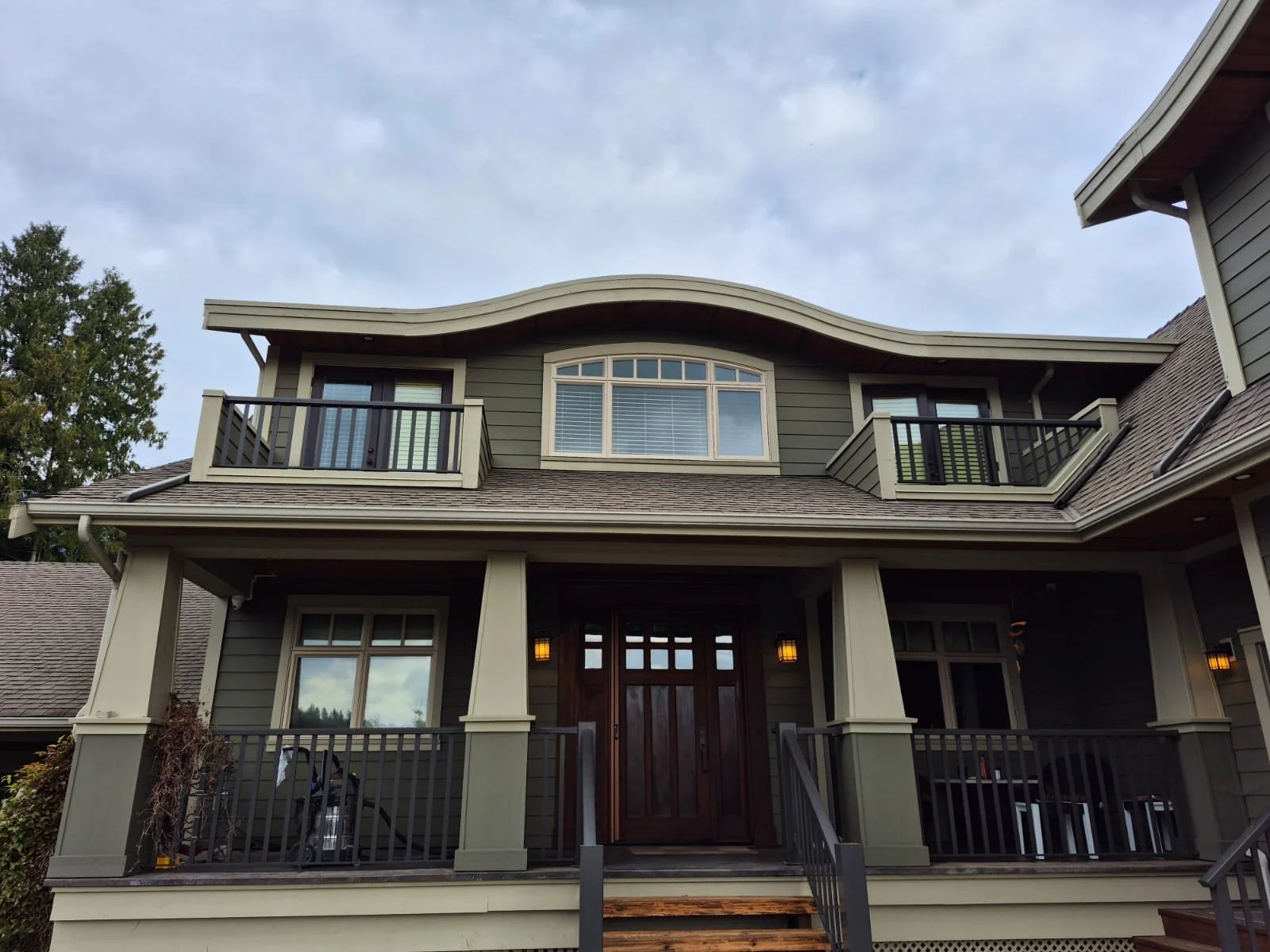How Moisture and Cold Affect Paint: What You Need to Know in November
As November rolls in, the weather shifts, and so do the challenges for painting projects. Cold temperatures and increased moisture can have a major impact on both interior and exterior paint, making it crucial to plan your projects carefully.
For exterior surfaces, colder temperatures slow down the curing process. Paint may take longer to dry, leading to a higher risk of cracking or peeling. Moisture from rain, frost, or high humidity can prevent paint from adhering properly, causing bubbles, streaks, or uneven finishes. Wooden surfaces are especially vulnerable, as trapped moisture can lead to warping or rot over time.
Even indoors, November’s cooler, damp air can affect paint performance. If rooms aren’t properly heated or ventilated, paint may dry too slowly, and condensation on windows or walls can compromise adhesion.
So, what can homeowners do? For exterior painting, aim for a dry stretch of at least 24–48 hours and avoid painting when temperatures dip below the paint manufacturer’s recommended range. For interiors, keep rooms warm and ventilated, and avoid painting near condensation-prone areas.
Remember, the right preparation is half the battle. Cleaning surfaces, repairing cracks, and ensuring proper moisture levels will help your paint last longer and look better.
By understanding how moisture and cold affect paint in November, you can schedule your projects smartly, protect your investment, and enjoy a beautiful, long-lasting finish—even as the temperatures drop.
Happy painting!
Buhler Painting is dedicated to educating home and business owners with information that will help enhance your painting experience.
If you reside in the Abbotsford, Langley, and Lower Mainland areas, be sure to give us a call.

